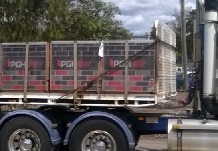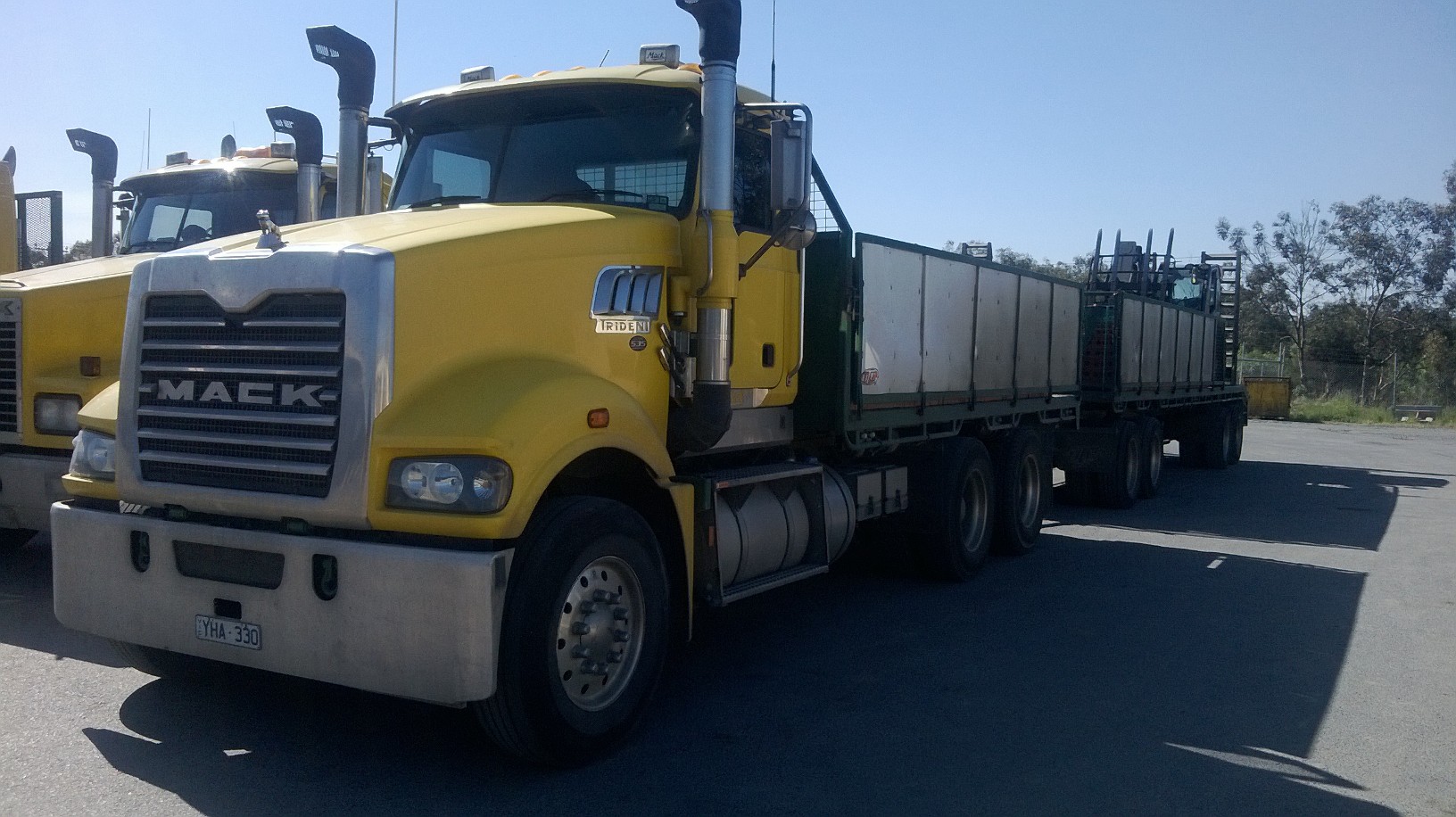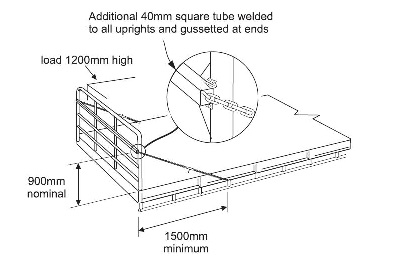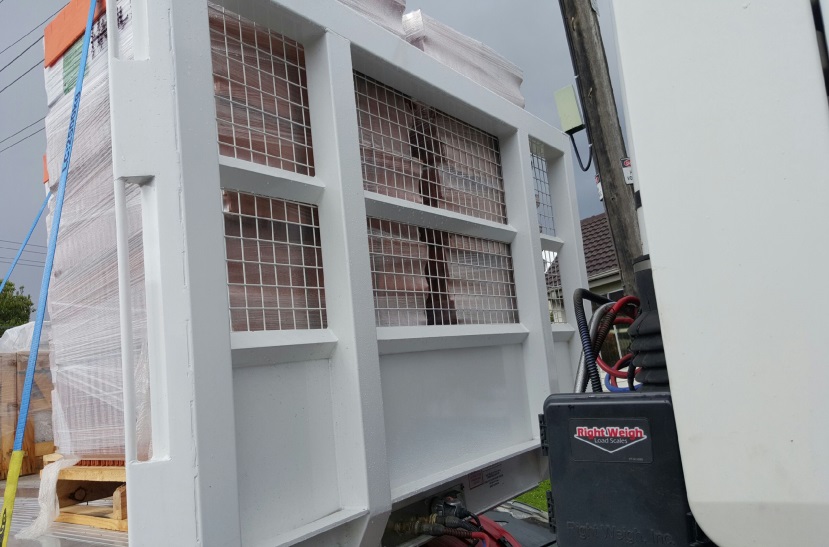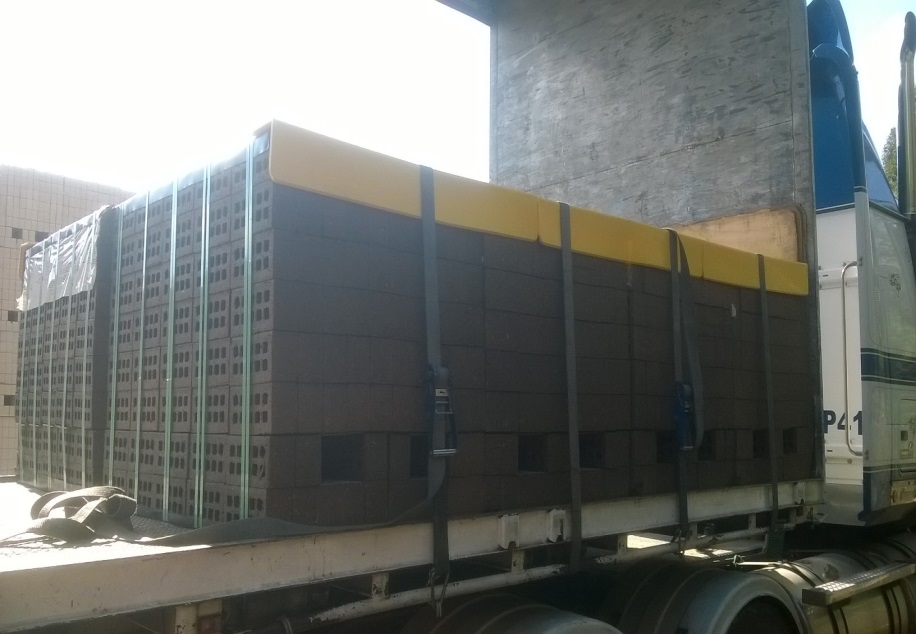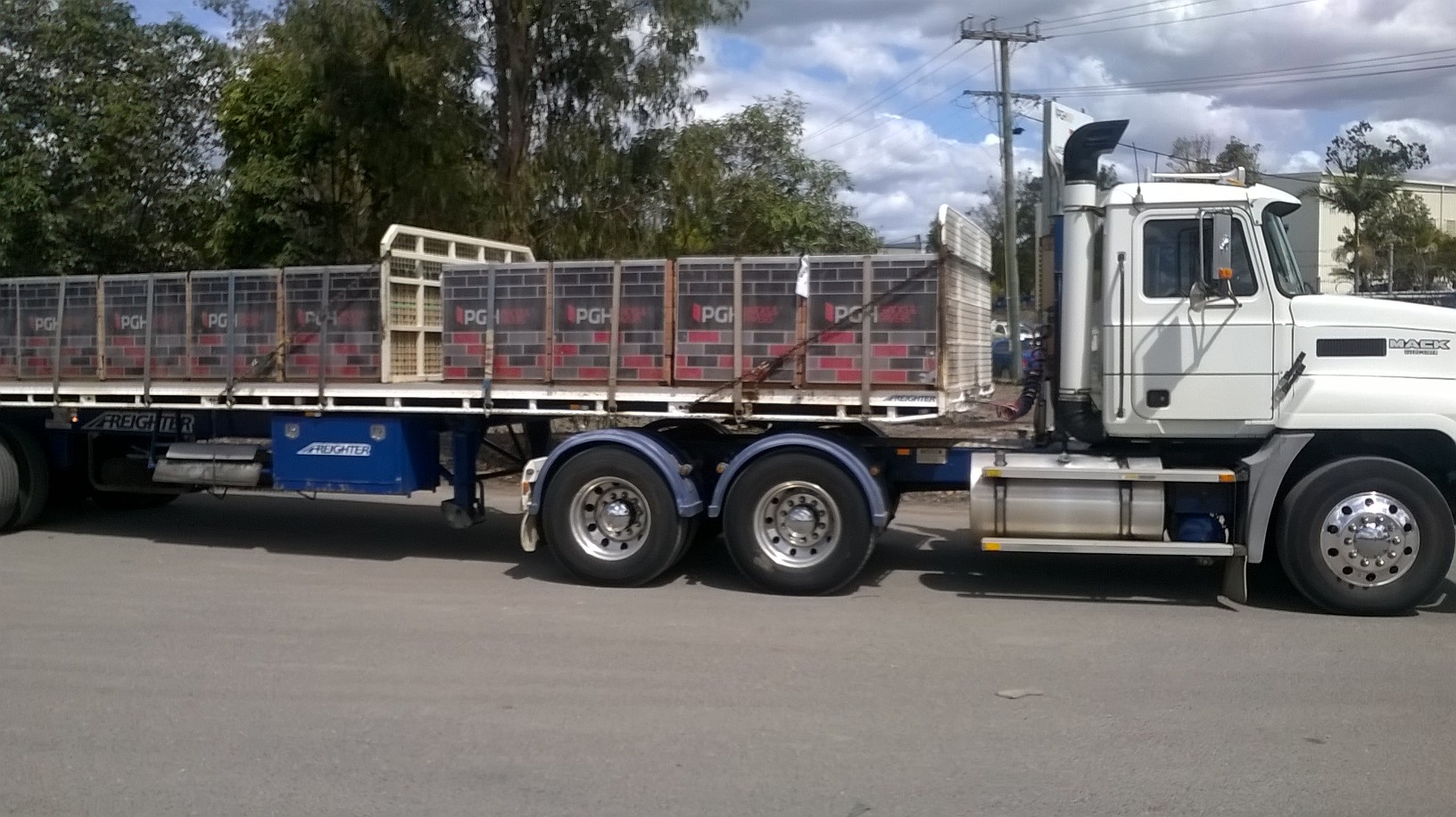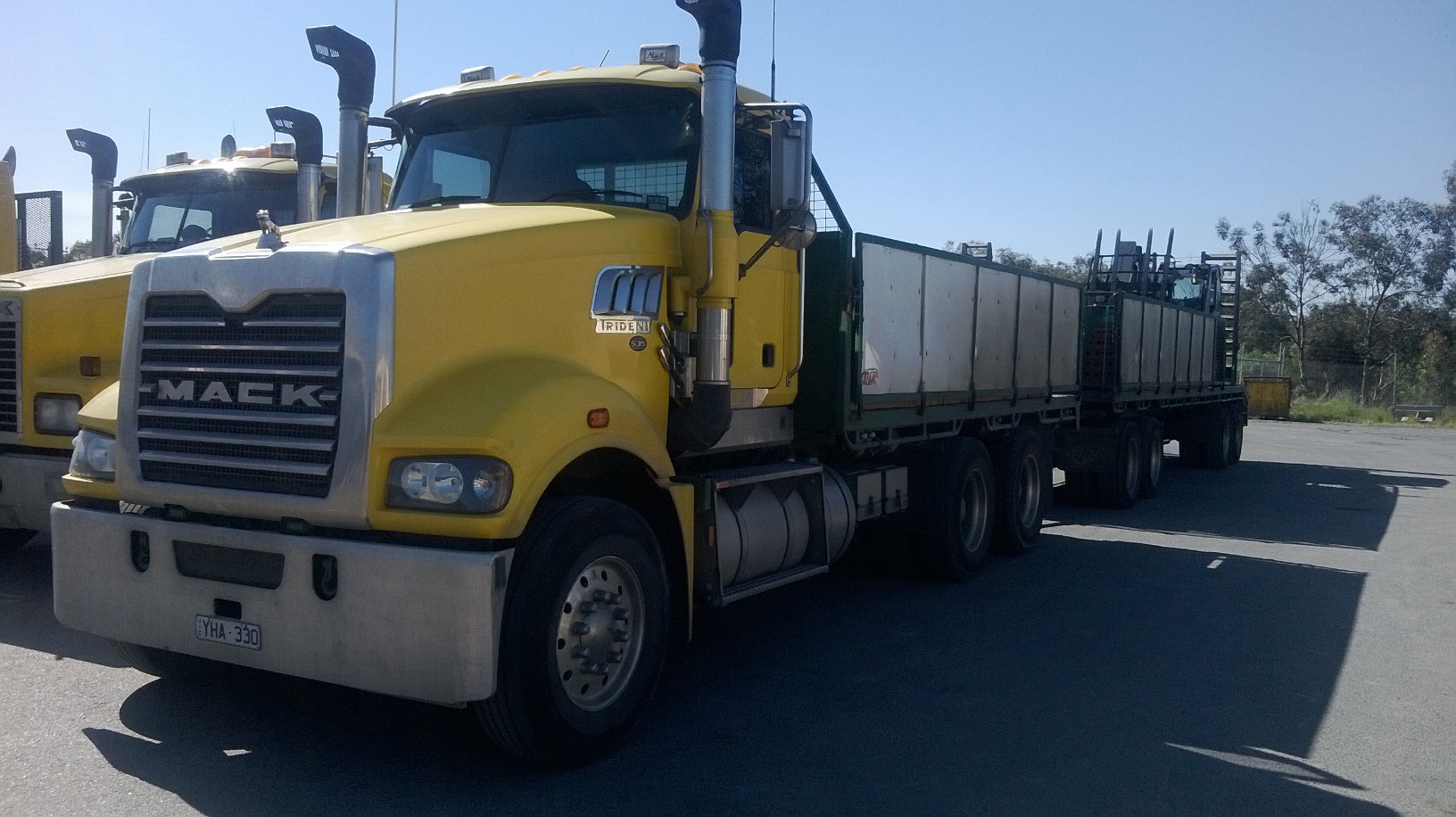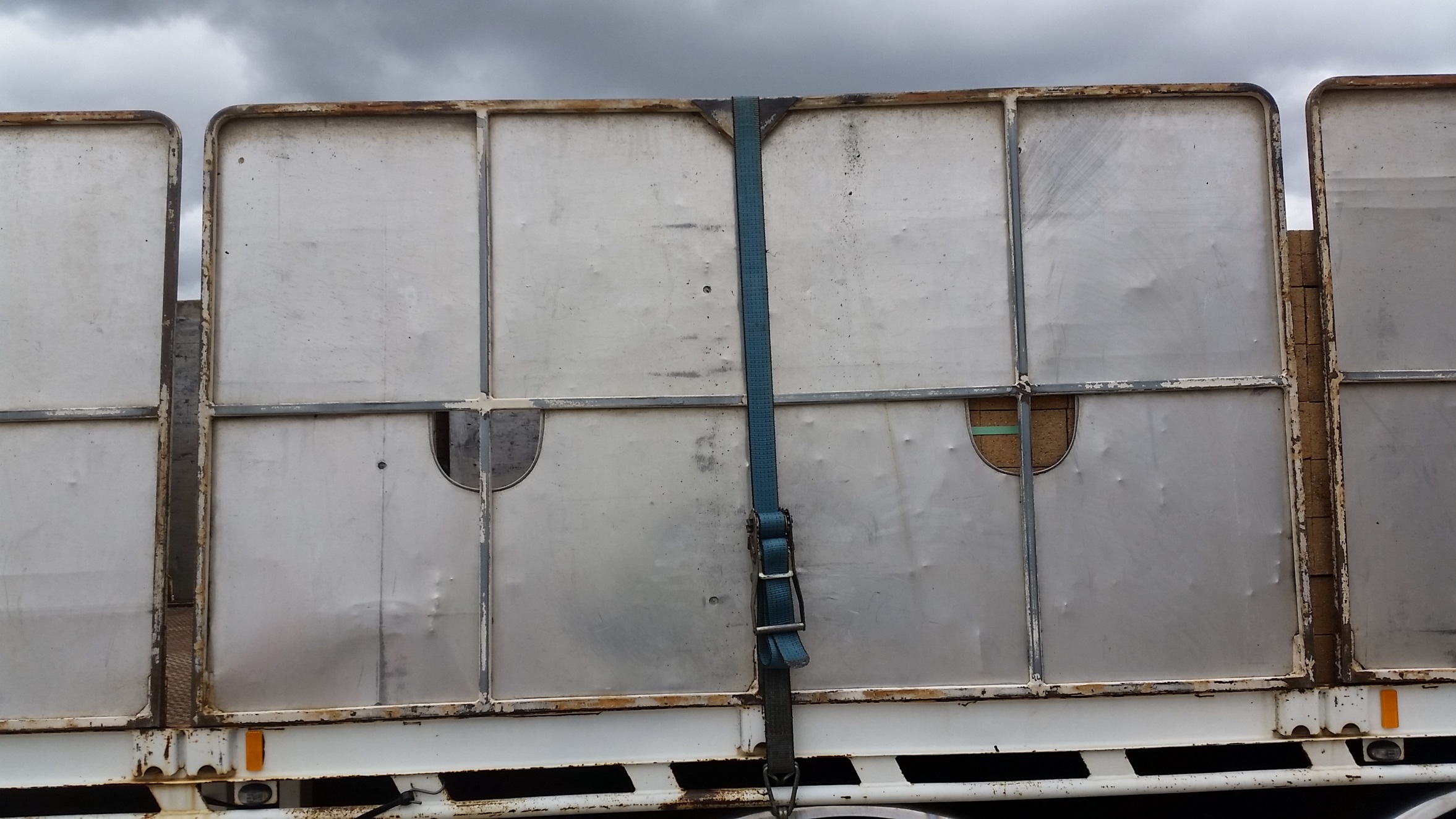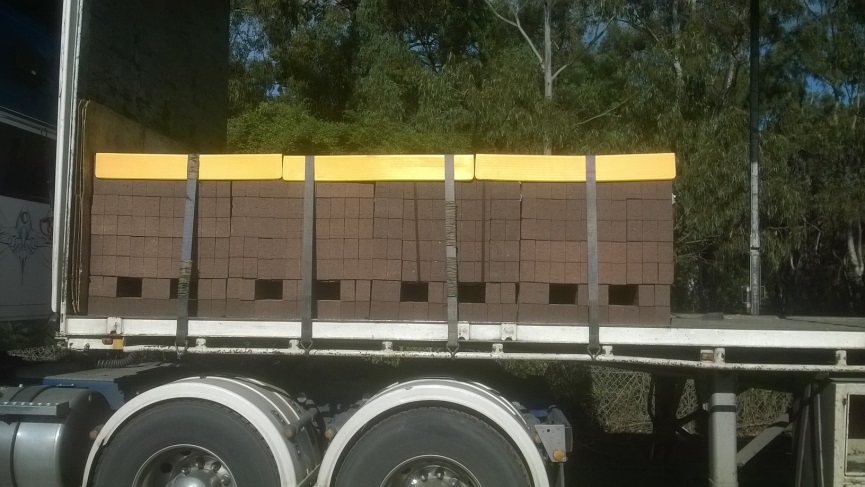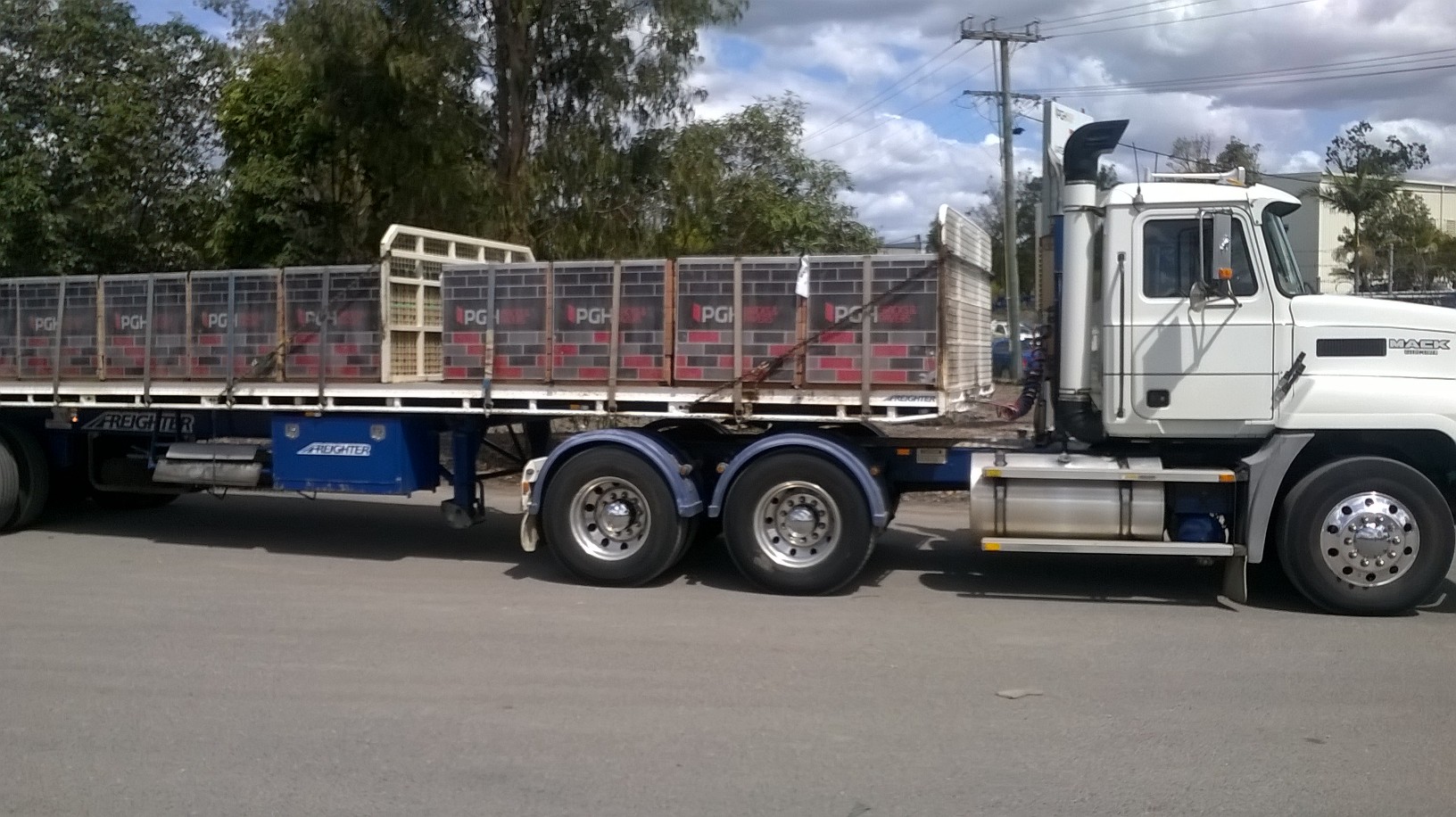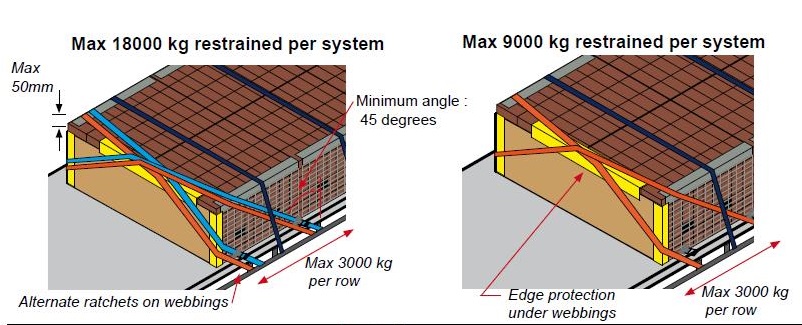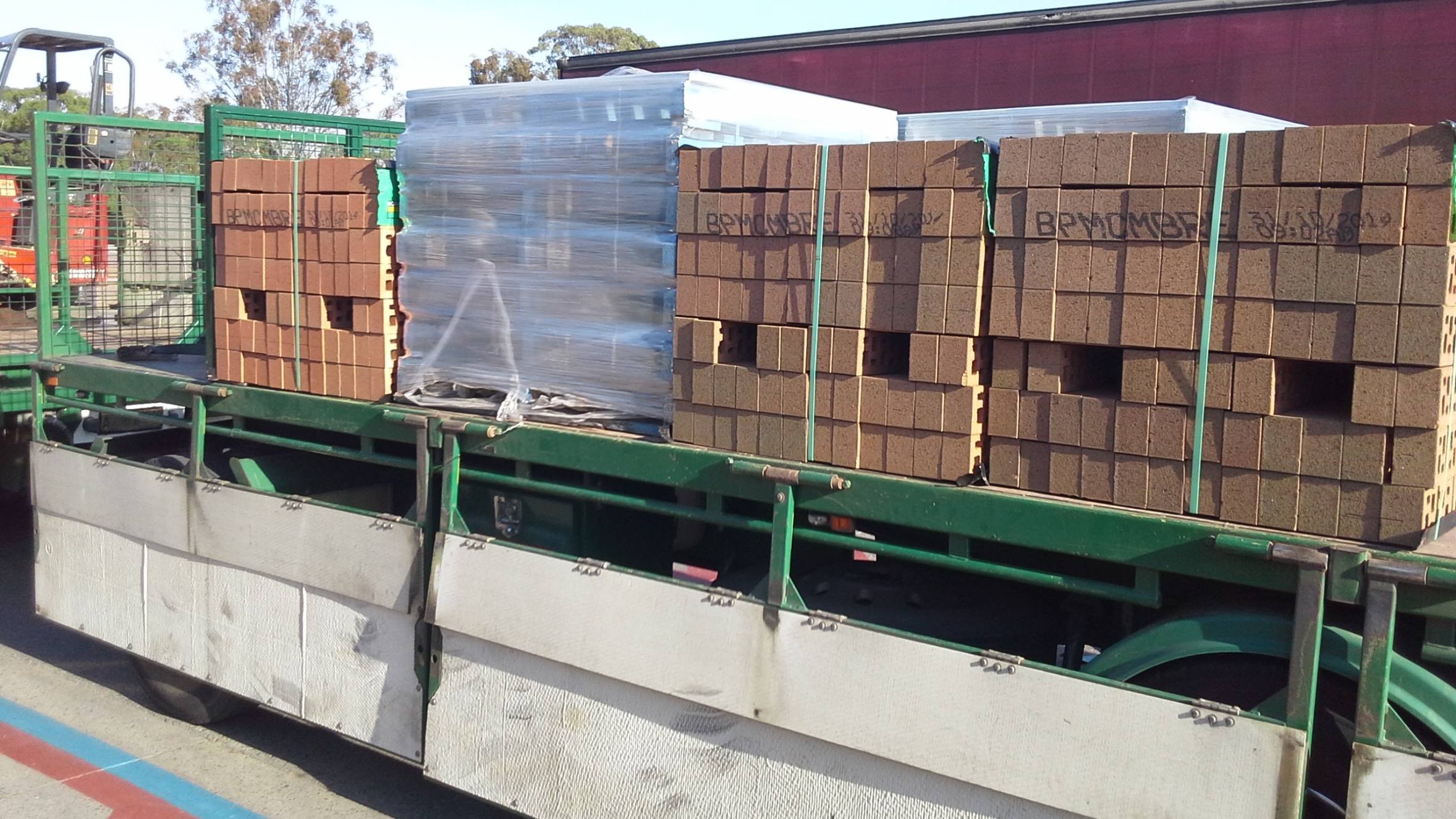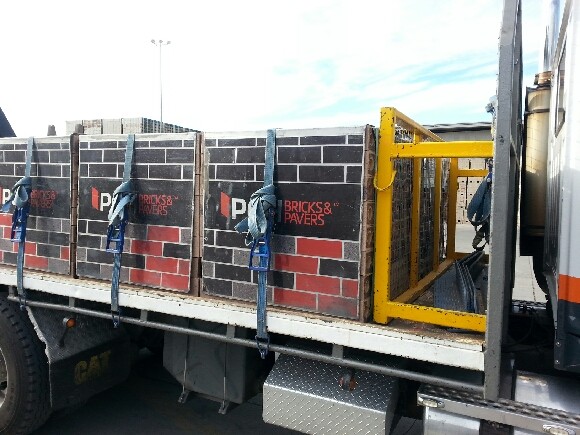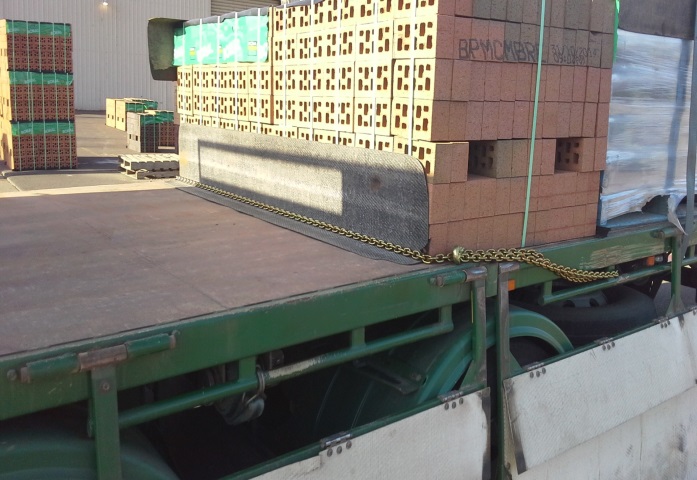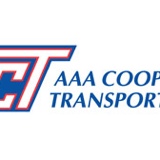Information
-
PGH Order Number (SAP)
-
Despatching Site
-
Date and Time
-
Conducted By
-
Drivers Name
-
Transport Company Name
Declaration
-
Has Driver Been Inducted
-
Has driver provide GVM/GCM, Tare Weights and payload on entry
-
Using the vehicles entry information and delivery docket has the correct QTY and Product been loaded onto the vehicle
-
Using the vehicles entry information has the load been positioned in accordance with drivers instructions, mass management, dimension and positioned so that load restraint can be applied
-
Using the entry information and the delivery docket has the load mass exceeded the allowable GCM/GVM
-
Driver Declaration: - I am fit for duty - I am free from drugs and alcohol - I have had all require rest breaks in accordance with Fatigue Management Laws - I have the required hours left to complete my load in accordance with Fatigue and Speed Laws - I have reviewed my delivery point and route to ensure all mass and road restrictions can be followed - My vehicle and equipment is suitable for the task and in working order. All maintenance tasks are up to date - The load has been loaded as per my directions and in accordance with all Mass, Dimension and Restraint requirements - I have reviewed the quality and integrity of all elements of the load and am satisfied that the load in a condition suitable for transport.
Method of Restraint
-
What method of load restraint has the carrier advised they will be using
-
Blocking and tie down is a combination of forward blocking structures and Straps and Angles. Here is an example of what this should look like
-
Please take a photo of the carriers load after it is restrained
-
Blocking and containment can be completed differently depending on the specific certification the carrier may hold. Attached is an example
-
Please take a photo of the carriers load after it is restrained
Forward Restraint
-
What form of forward blocking is the carrier using
-
Requirements for a Chained Headboard
-
Has Carrier used correct method for chained headboard
-
Rigid Headboard
-
Has carrier used correct method for rigid headboard
-
Tuatliner Headboard
-
Hass Carrier used correct method for tautliner headboard
Side Restraint
-
What Method of Side restraint is the carrier using
-
Had each row been strapped and have full length Angle to tyne holes been used
-
Had each row been strapped and have full length Angle to tyne holes been used
-
Are the gates hinged. Are the latches positive locks. Do the gates go higher than the packs.
-
Has the carrier provided a copy of his certified system.
-
DO all gates have full infill so that no brick can fall from truck. Have all rows of gates been secured with 2.5t webbing strap
-
DO all gates have full infill so that no brick can fall from truck. Have all rows of gates been secured with 2.5t webbing strap
-
Have all rows been strapped and angled (Note angles do not have to be full length).
-
Have all rows been strapped and angled (Note angles do not have to be full length).
Intermediate blocking
-
Has the load been split to assist with axle mass management
-
If gates are greater than 100mm then carrier must block. What method has the carrier used for intermediate blocking
-
A single 8mm chain must also be used unless carrier has supplied written certification
-
Has carrier applied the correct method for intermediate blocking
-
If intermediate headboard is not attached to truck then 2 chain are required
-
Has carrier applied the correct method for intermediate blocking
-
Depending on weight the number of cross over straps will change. Look at the attached and confirm what carrier required
-
Has the carrier correctlly applied the cross over method
-
Has the carrier used dunnage to fill all gaps greater than 100mm. This could be stacks of pallets, timber or other structures
-
Has the carrier used dunnage correctly
Rear Restraint
-
Are there gaps greater than 100mm rearward
-
WHat method has the carrier used to block or tiedown rearward
-
Structures can vary here is an example
-
Has carrier used structure correctly
-
Chains must be 8mm and wrapped around rear of packs and secured. (Note these do not need to be tensioned with a dog)
-
Has carrier used chain correctly






